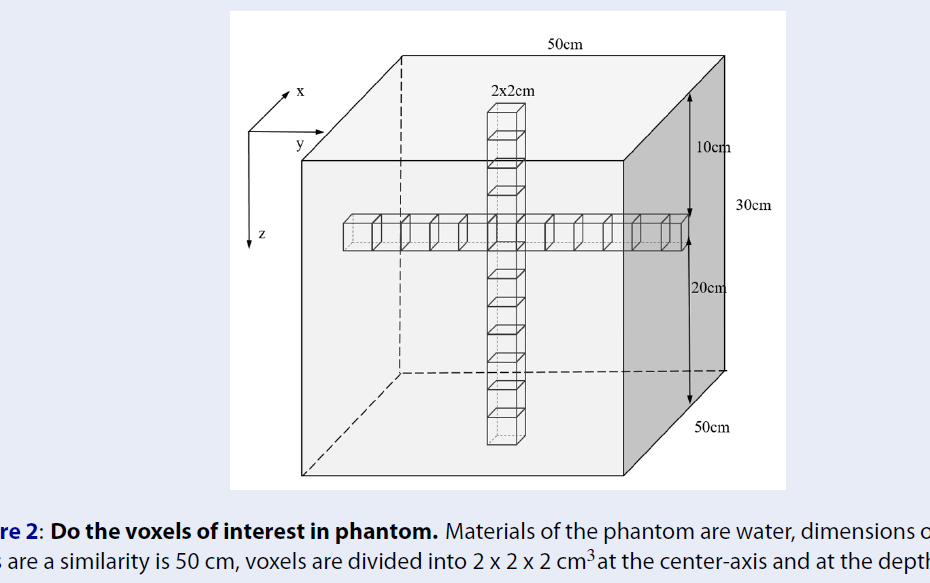
Application of variance reduction techniques in EGSnrc based Monte-Carlo method
- Faculty of Medicine, Nguyen Tat Thanh University, Ho Chi Minh, Vietnam
- Faculty of Physics & Engineering Physics, University of Science, VNU-HCM, Vietnam
Abstract
Introduction: Monte Carlo (MC) is considered to be the most accurate method to calculate dose distribution in radiation therapy. However, the limitation of MC simulations is the long calculation time to reach the desired statistical uncertainty in the dose calculation as well as in clinical practice. To overcome the above limitations, Variance reduction techniques (VRTs) has developed and shorten the calculation time while maintaining accuracy. Therefore, the purpose of this study is the application of VRTs in code EGSnrc to find the optimal method for accelerator simulation and calculated dose distribution using MC method.
Methods: The linear Accelerator HPD Siemens Primus at the General Hospital of Dong Nai had been simulated by using BEAMnrc code and several variance reduction techniques such as: range rejection, photon forcing, bremsstrahlung photon splitting (uniform, selective and direction)... These VRTs were used under the same set of input parameters as histories of 2x108, photon energy of 6 MV, structure, size and material of the phantom… The computational efficiency ε is calculated by the following equation ε = 1/T.σ2 where T is the CUP time of calculation and σ2 is an estimate of the variance, for evaluating and selecting the VRT which gives the best computational efficiency.
Results: The results showed a good agreement between the calculated dose and measured ones when applying different VRTs. These techniques were significantly reduced uncertainty in simulation compared the analog cases. Specifically, the efficiency of DBS and UBS improved by more than 90 times and 15 times compared with the analog instances, respectively. Rang rejection and photon forcing techniques also have
improved the efficiency of simulation, but not significantly.
Conclusions: The application of the VRTs for EGSnrc increase the efficiency of the simulation. VRTs is a powerful tool that should be applied for the simulation by code EGSnrc to improve calculation efficiency by reducing simulation time and its variance. Our results show that the direction bremsstrahlung splitting (DBS) gives the
best computational efficiency.

